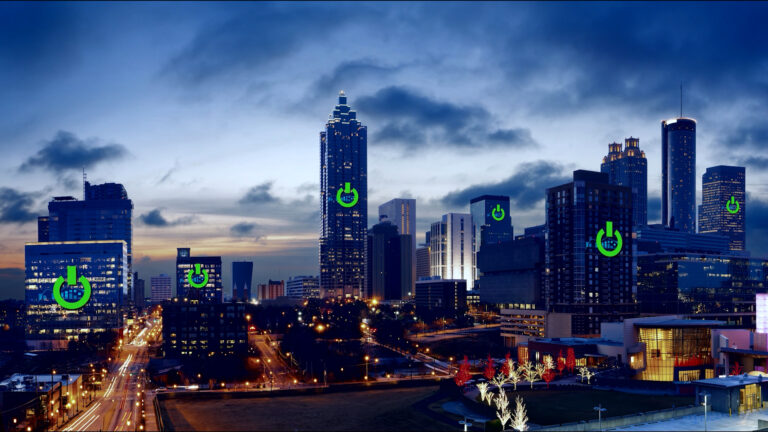When you deploy technology at multiple locations, it’s only natural to worry about the project going well. However, with proper planning, technology rollout perfection can be achieved. A multi-site technology rollout is a complex project, and a well-run rollout shows the contribution that technology can make to a business. Sadly though, the reverse is also true: if the rollout is not well run, the customer will see and they will remember.
Ensuring a Great Rollout Customer Experience is Not Easy
Aberdeen Group states the #1 customer complaint regarding field service jobs is that the technician failed to complete the work on the first site visit. The business impact of this type of deployment failure is shown in this table.

The table shows the direct correlation between the “first-time fix (FTF)” rate and the customer satisfaction and retention rates. An FTF rate greater than 80% drives satisfaction and retention rates of 87% and 88%, but there is still a lot of room for improvement. Another Aberdeen report co-authored with PTC, pegs the “Best in Class” FTF rate of 89%, while the rest of the sector lags far behind at just 71%. These figures show that real gains can be achieved by focusing on improving performance in this area.
How Do You Improve Your Numbers?
The goal for any multi-site technology rollout company must be an FTF rate of as close to 100% as possible. A commitment to serving the customer right benefits the rollout company in terms of customer satisfaction and retention. But there’s another benefit: the higher the FTF, the less valuable resource must be devoted to managing site revisits.
But if “Best in Class” performance is only 89%, how do you raise it to 100%? It takes a culture of excellence and strong leadership. Executive sponsorship is critical to lasting success. Leadership must set the tone by creating a culture that emphasizes quality, and then provide the tools and training to embed that culture into everyday working practices. But beyond this, leadership must set key performance indicators (KPIs) for operations and use them to drive a process of continuous improvement.
The Bottom Line: You Can’t Manage What you Don’t Measure
Before your next technology rollout, we suggest you calculate the impact of an 11% ‘best in class’ failure rate across the deployments, to see the impact it has on your budget, schedule, team morale, and – most important of all – your customer satisfaction and retention rates.
Looking again at the table in this post, you see that working with a vendor with an FTF rate >99% means that you avoid the costs associated with site revisits for 11 out of every 100 sites deployed (the number of revisits required by ‘Best in Class’ providers). But that’s not all. The Concert FTF rate of 99.7% impacts Customer Satisfaction (+13%) and Customer Retention (+9.1%) rates as well, and the impact flows to the bottom line, representing millions of dollars in additional profit.
If you are using a technology rollout company to manage and deploy your project, ask them what their FTF rate is and ask to see the data that it’s based on. If they can’t show you any data that’s a concern, because as the old saying goes “you can’t manage what you don’t measure”.
If you don’t like what you see contact us – we’ll be happy to walk you through our data, which is based on our measurement of hundreds of thousands of successful rollouts and shows that we have an FTF of 99.75%.




